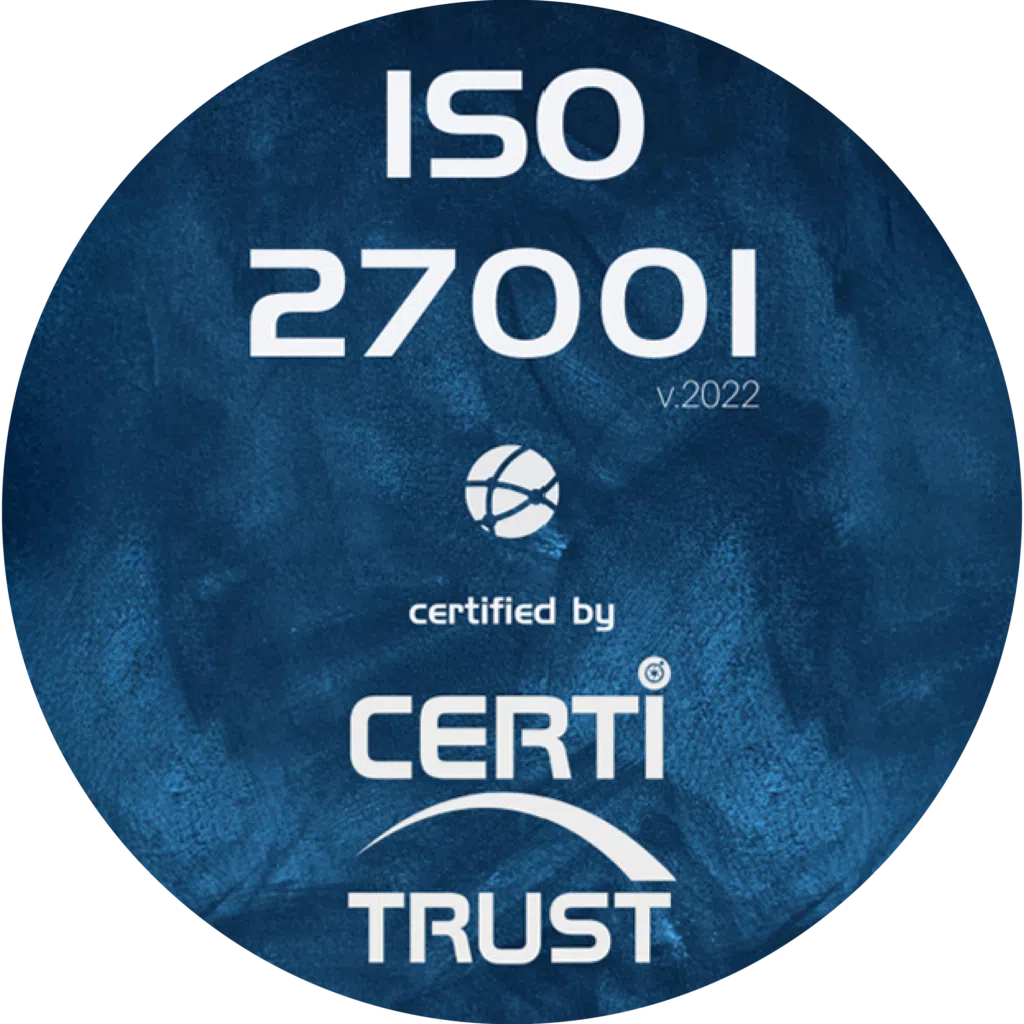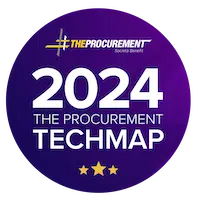As we continue to move towards a 100% digital society, we need to find a way to tighten the reins on spending processes. Manual purchasing causes many problems, from lost documents and slow approvals to high processing costs.
Relationships with suppliers can also suffer from poor management, late payments and ineffective dispute resolution. Ultimately, if you want to run your business with a strong hand, you need a solid procurement management strategy in place.
This plan will create the right environment to track spend, create opportunities, grow and control spend.
What is purchasing management?
Whether you’re a large company or a small brand, your purchasing process is critical to your success. Suppliers may seek alternative partners if you don’t approve requests on time, resulting in order delays that can have greater financial consequences than you realise.
To develop your business effectively, optimising your purchasing process is one of the simplest and most effective methods. Let’s take a look at the basic principles behind it.
What is the purchasing process?
The purchasing process is a set of key stages that enable a company to obtain the goods and services it needs to run efficiently.
Here are the different stages generally followed in a standard procurement process:
- Identifying a need: The company identifies the goods or services it needs to continue its activities.
- Creation of a purchase requisition: A formal request is drawn up to specify the products or services required.
- Creation of a call for tenders (if the supplier is unknown): If the company does not know the right supplier, it can issue a call for tenders to invite different suppliers to submit bids.
- Supplier selection: Once the company has received bids from suppliers, it evaluates and selects the supplier best suited to its needs.
- Negotiating the terms and conditions and issuing the purchase order: The terms and conditions of the transaction are negotiated with the chosen supplier, and a purchase order is issued to formalise the purchase.
- Receipt of goods and quality control: Once the goods have been delivered, the company ensures that they meet the required specifications and quality standards.
- Reconciliation of the supplier invoice received with the purchase order issued: Once the invoice has been received, it is compared with the purchase order issued to ensure the accuracy of the information and the amount invoiced.
Each purchasing process may vary depending on the company, its size and its field of activity. To find out more, take a look at our complete guide to the corporate purchasing process.
What is supply management?
Supply management is thestrategic administration of an organisation’s needs, including the purchase of goods and services. Supply management consists of supplying the company with goods or services, with the aim of meeting not only customer orders but also the company’s needs.
Optimising procurement management is essential to maintaining a company’s efficiency, productivity and profitability. Whether for direct or indirect supply, the quality of purchasing management standards plays a key role in customer satisfaction.
In the case of direct procurement, it is essential to put in place an efficient procurement process. For indirect procurement, on the other hand, the absence of a well-defined procedure can lead to the collapse of the entire system. Poor resource allocation and financial management can undermine a company’s competitive advantage.
Fortunately, there are various approaches and methods for organising supply management effectively. By exploring this process together, we will discover the different stages of order management in your company and assess whether your system is really optimised.
What is procurement?
Procurement is an essential strategic element for any business, involving the acquisition of goods or services from external sources or suppliers. Throughout this process, customers consider factors such as quality, quantity and delivery.
By using the procurement process, companies can avoid scams and fraud, ensuring thatpurchases are made correctly and securely.
There are two types of procurement:
Direct purchases
This relates to the acquisition of raw materials or components needed to produce a final product. Its effectiveness can influence the overall management of the supply chain.
If you would like to find out more about direct purchasing, take a look at our article on the subject.
Indirect purchasing
This covers purchases that are not directly linked to final production. This includes items such as standardised office supplies, software solutions and heavy equipment maintenance.
To find out more about indirect purchasing, we invite you to read our full article on the subject.
What is a purchase order?
A purchase order is a legally binding documentbetween buyer and seller that helps companies understand and record the items and services required. Managers use purchase orders to record essential details such as quantity, delivery instructions, price, conditions and delivery dates.
When current stock is depleted, additional supply is required, or a specific item needs to be ordered, a purchase order is issued to formalise the transaction.
The purchase order management process involves all the stages carried out by companies, from production to the approval, validation, management and tracking of purchase orders, from identification to delivery or sale.
Why is supply management important?
The value of supply management lies in its ability to enable a company to effectively monitor and manage its stock levels and purchasing process.
A supply management system is essential to ensure that goods are ordered on time and are available when needed, while avoiding over-purchasing or order delays.
In addition, this optimised management can help to strengthen relations with suppliers by streamlining the ordering process and facilitating their understanding of requirements and lead times.
A good procurement system will alsoimprove cash management by reducing the amount of stock held at any one time.



What is the procurement process?
The first step in the procurement process is to plan and define the company’s needs. Within the purchasing department, buyers create a request for goods or services, also known as a purchase requisition. This is where the company can summarise the supply management process in five stages.
This is an overview of supply management.
Next, the purchasing department checks that all the necessary authorisations have been obtained and passes them on to the supplier. The supplier then dispatches the goods to the company and, on receipt, the accounts department posts the invoice to the appropriate account. Let’s look at each stage in more detail.
Planning and placing orders
This stage usually takes place in the purchasing department, where buyers create a requisition for goods or services. The request is then sent to the next department, which is usually production or engineering. These departmentscheck that they need the items requested and that they have the capacity to produce them .
The next step is for the procurement department to create and approve the purchase order. The purchasing department then checks that all the necessary authorisations have been obtained and sends them to the supplier.
The supplierthen dispatches the goods to the company and, on receipt, the accounts department posts the invoice to the appropriate account.
Receipt and inspection of goods
The receiving department is responsible for checking that the goods received correspond to the purchase order. It also inspects the goods to ensure that they are undamaged and that there are no anomalies. In the event of a problem, it immediately contacts the supplier.
Invoice processing and payment
Once the goods have been received, the accounting department processes the invoice and posts it to the appropriate account. Depending on the company’s payment terms, it may be required to pay the supplier immediately or after a certain period of time.
Stock monitoring and management
The stock manager is responsible for tracking the quantity and location of all the company’s stock items. They also update the inventory system each time an item is received, shipped or sold. This information is used to generate reports that help management make better decisions about allocating resources.
Feedback and continuous improvement
This is an ongoing process that must be undertaken by everyone in the organisation. Companies can improve their results and become more competitive by identifying and correcting inefficiencies in their procurement process.
Tips for optimising your procurement process
A company can optimise its procurement process by defining and implementing appropriate ordering procedures, reducing unnecessary actions and increasing productivity. Here are some tips for improving your supply management.
Simplify the system
To improve supply management, only ask relevant questions to those who can answer them, thus avoiding disturbing the rest of the team.
Avoid submitting a validation to each team member when only approval is required.
Give responsibility for invoicing to the finance team rather than to the person issuing the purchase orders, who is generally less experienced in this area.
Remember that each person has a distinct role in the development of the workflow. To avoid unnecessary movement, simplify the process.
A company can optimise its procurement process by implementing appropriate ordering procedures, reducing unnecessary actions and increasing productivity. These tips will help to optimise supply management.
Implement a procurement procedure tailored to your company’s needs
Order flows can vary depending on the size and type of business, and within different departments. Implementing the right procurement procedure will help to improve overall supply management effectively.
To achieve this, it is essential to evaluate current stock management techniques and examine the problems with the current system.
Identify the inefficiencies in the current process and discuss them with the relevant decision-makers and stakeholders. This will enable you to create a customised solution that meets the department’s specific needs.
Analyse key performance indicators
Gather reliable information on supplier performance using purchasing management software. Create unique indicators for each supplier, keep statistics at your fingertips at all times and choose the right supplier for each transaction based on the information you have.
Use automated and integrated procurement software
To avoid the additional hassle of inefficient manual processes and excessive documentation, ditch paper-based procurement strategies and manual re-keying.
Procurement management software allows you to implement a smooth and reliable procedure without requiring a significant increase in the size of the procurement team.
Choose procurement software that will enable you to streamline and rationalise your company’s purchasing procedures.
Human error is inevitable when it comes to processing numerous orders on Excel files on a daily basis or trying to create a structured procurement procedure with exchanges of emails and telephone calls.



Set up a procurement monitoring and reporting system
To ensure effective collaboration and avoid misunderstandings, establish clear steps and describe each role in the procurement process. This could be in the form of a user guide or in-house training, accessible to everyone in the supply chain.
It is essential to ensure that everyone involved in the procurement process follows the same procedures. Specify, for example, a minimum inventory threshold that triggers a purchase requisition.
The process must be clear: who can create purchase requisitions, who can validate them, who can generate orders and who can validate invoices.
This will enable management to obtain information on how the purchasing process is working and toidentify areas for improvement.
By implementing the advice given by the Weproc team above, companies can optimise their procurement process, improve productivity and thereby increase the company’s profitability. The supply management process is an essential part of effective inventory management.
What are the benefits of good supply management?
Supply management is an essential component in the success of any successful business, especially one that aims to grow. Every organisation has permanently limited resources, so making the best use of them, monitoring expenditure and streamlining procedures are crucial.
The lack of organisation and standardisation in the preparation and submission of purchase orders remains a major problem. Stakeholders are unable to access up-to-date purchasing information quickly due to the large number of documents to be validated, e-mails and even telephone calls.
Supply management provides a solution to these problems, as it helps to prevent errors and fraud, while reducing administrative paperwork. It allows greater control over expenditure and purchases made with full knowledge of the facts: purchases that are defined, validated and known by the company.
Want to learn more about our Weproc procurement management software?
Contact us or request your 15-minute demo below!









